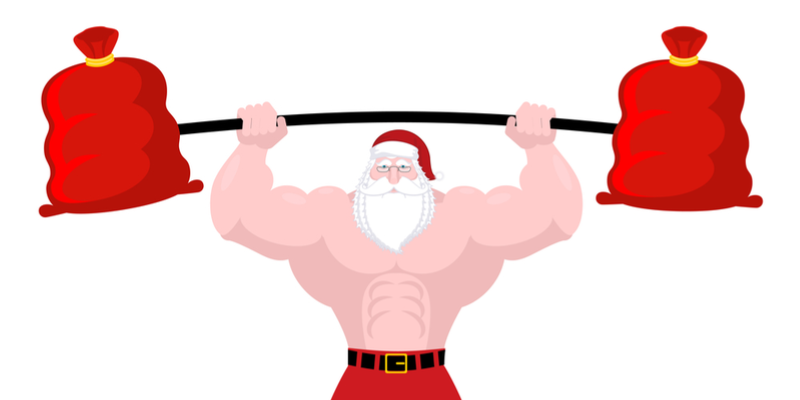August 2019: “Posture” Your Self For A Successful School Year
Jennifer Valerio2021-09-01T23:27:22+00:00The topic of posture is something almost every patient inquires about during their PT stint. “What is good posture?” “Do I have bad posture?” “How do I build strength in my postural muscles?” While there isn’t exactly a “perfect posture” that will work for everyone, we have plenty of anecdotal and evidence-based research to safely say certain postures can contribute to pain in sitting, standing, etc. Since August is all about Back to School, we know this means back to sitting for 8 hour days for students. For many adults, sitting at work for long periods of time is inevitable. This is why addressing posture and building postural stability and strength is so important!
Before we dive in to what good posture IS, lets first discuss what good posture ISN’T:
- Pulling your shoulder blades back and down
- This creates tension/strain on your brachial plexus (the nerve network that runs from your neck to your arms)
- Standing with your butt tucked under you with posterior pelvic tilt
- Thinking of your spine being straight will contribute to unnatural loading patterns for your vertebral column and your discs
- Keeping your neck held “straight” with a chin tuck
- This will lead to military neck and loss of cervical lordosis and your natural curvature
Message from all of this? KEEP YOUR CURVES! Your spine is S-shaped and maintaining this is what good posture is all about! If you have worked with us at IP, you may have heard some expressions like: keep your ears over your a$$, pull your butt up to your blades, or _________ . We aren’t saying these expressions for a laugh, but to cue to you to keep your natural lordosis and kyphosis (spinal curves). In the picture below, you see the anatomical plumb line. If maintaining good posture, this line should cross your earlobe, outside of the shoulder, outside of your hip, outer knee, and outer ankle in standing!
Think of maintaining these curves the next time you have to stand or sit for a prolonged amount of time to begin building postural endurance and strength! If you struggle with sitting or standing for prolonged amounts of time without aches and pain, consider scheduling your PT evaluation at IP!
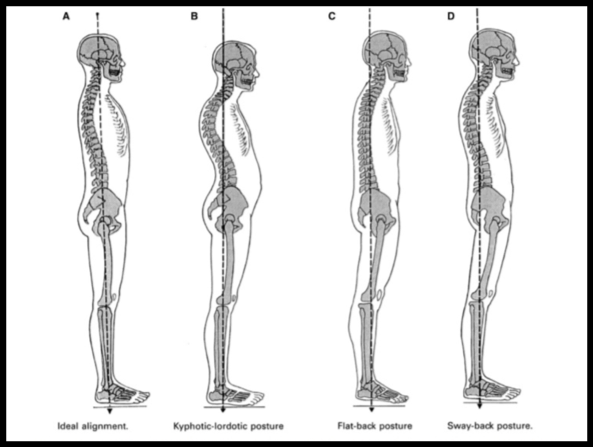

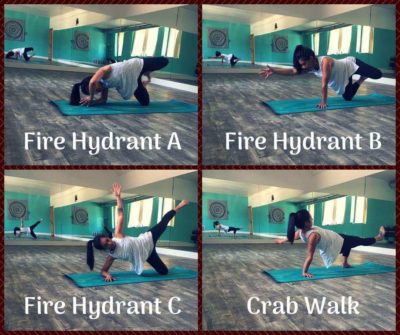
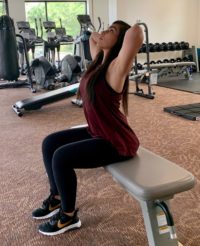 .
. 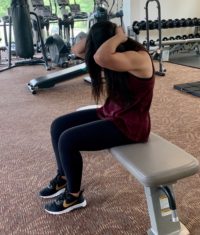
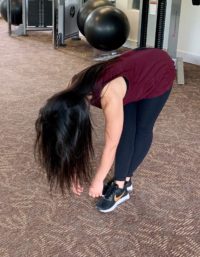 .
. 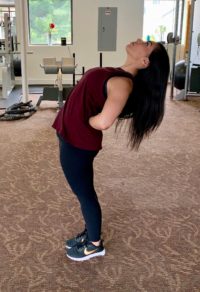
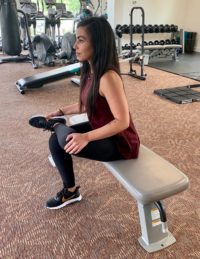
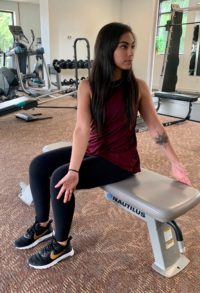
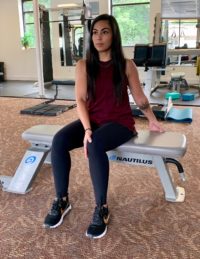
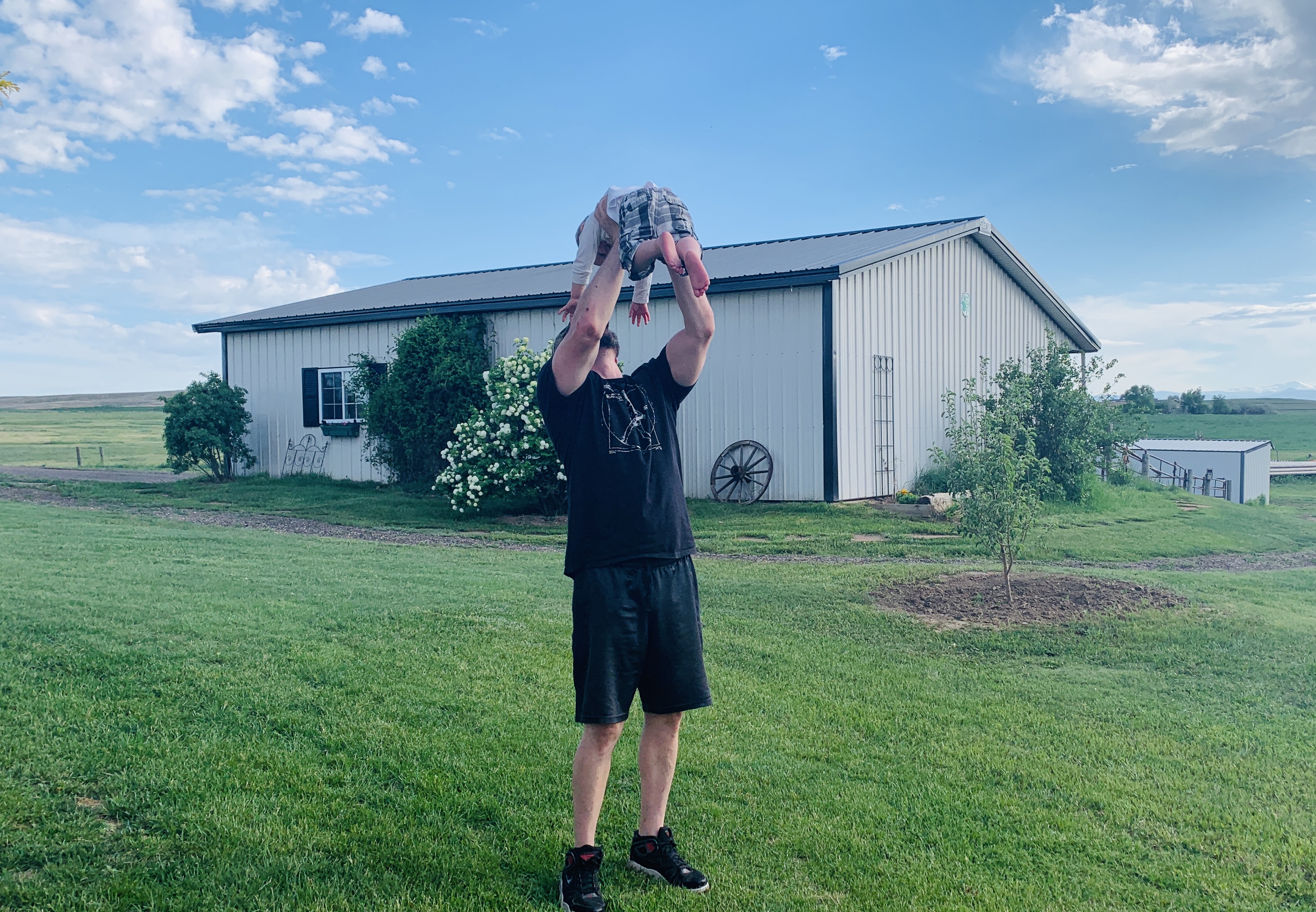 Did you know that PTs are educated on skin care and the integumentary system as part of their coursework and that many PTs specialize in skin and wound care? As the weather starts to warm up (waiting for normal weather in Fort Collins…) and everyone starts to spend more time outdoors, taking care of your largest organ, your skin, is so important! You should have a head to toe skin check yearly to screen for skin cancer by your provider, as well as perform self-checks on larger moles, freckles, etc. regularly. Early detection is key to prevent spreading of lesions and treatment with excision. You can see Dr. John getting his #FatherhoodFitness on with Malaki, enjoying sunny Colorado and practicing safe skin care! Tag us on social so we can see those dad bods moving!
Did you know that PTs are educated on skin care and the integumentary system as part of their coursework and that many PTs specialize in skin and wound care? As the weather starts to warm up (waiting for normal weather in Fort Collins…) and everyone starts to spend more time outdoors, taking care of your largest organ, your skin, is so important! You should have a head to toe skin check yearly to screen for skin cancer by your provider, as well as perform self-checks on larger moles, freckles, etc. regularly. Early detection is key to prevent spreading of lesions and treatment with excision. You can see Dr. John getting his #FatherhoodFitness on with Malaki, enjoying sunny Colorado and practicing safe skin care! Tag us on social so we can see those dad bods moving!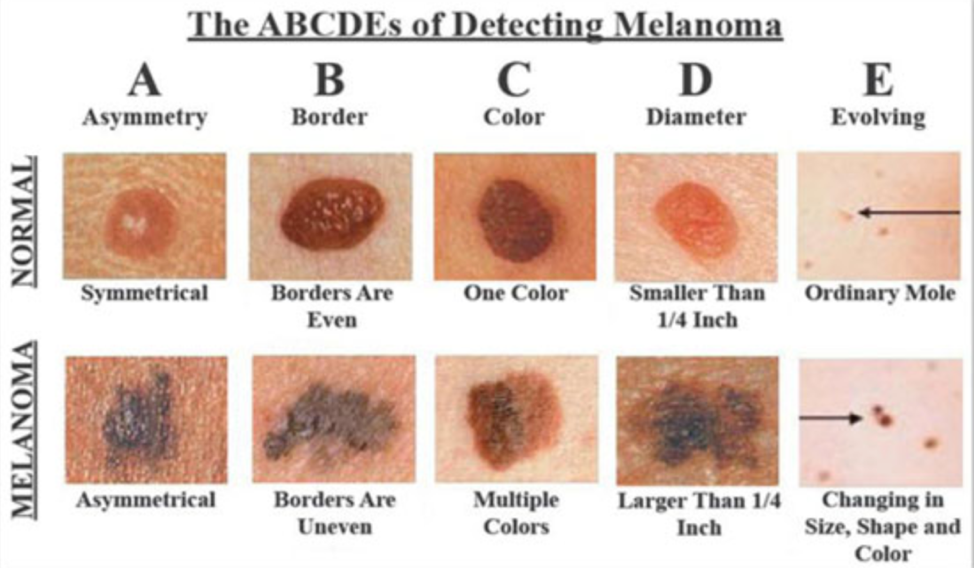
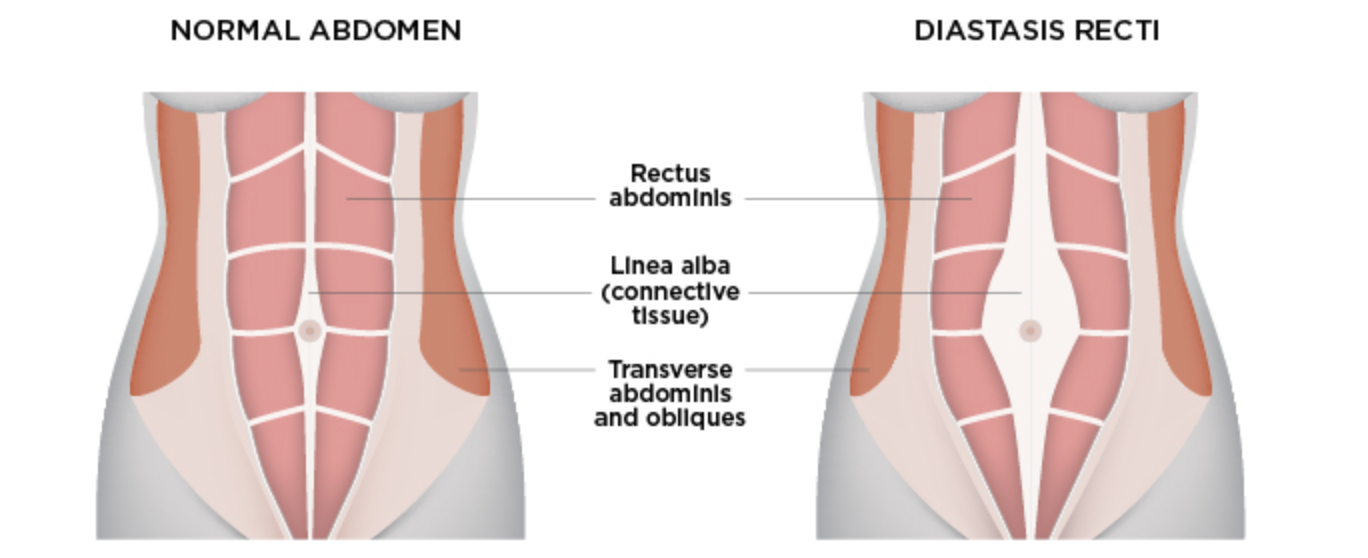
 start by lying comfortably on your back with your knees bent and think of “pulling in your corset” around the sides. Another way to activate is to imagine a string drawing your belly button towards your spine.Without having to hold your breath, you should feel your waist draw in and there should be no abdominal bulging. Hold this contraction and count to 10 while slowly breathing in and out. This can begin as soon as 4 days post-delivery.
start by lying comfortably on your back with your knees bent and think of “pulling in your corset” around the sides. Another way to activate is to imagine a string drawing your belly button towards your spine.Without having to hold your breath, you should feel your waist draw in and there should be no abdominal bulging. Hold this contraction and count to 10 while slowly breathing in and out. This can begin as soon as 4 days post-delivery.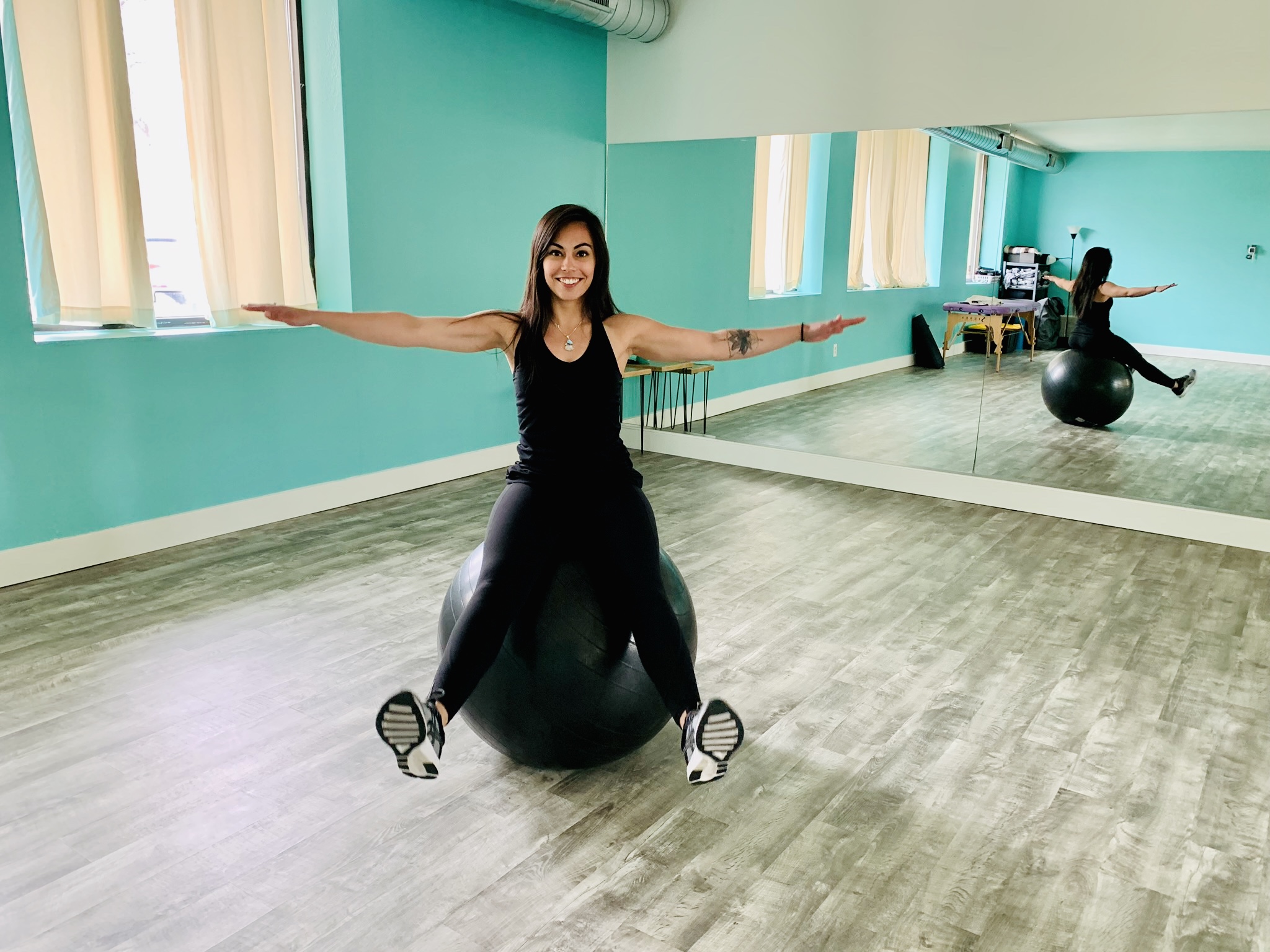



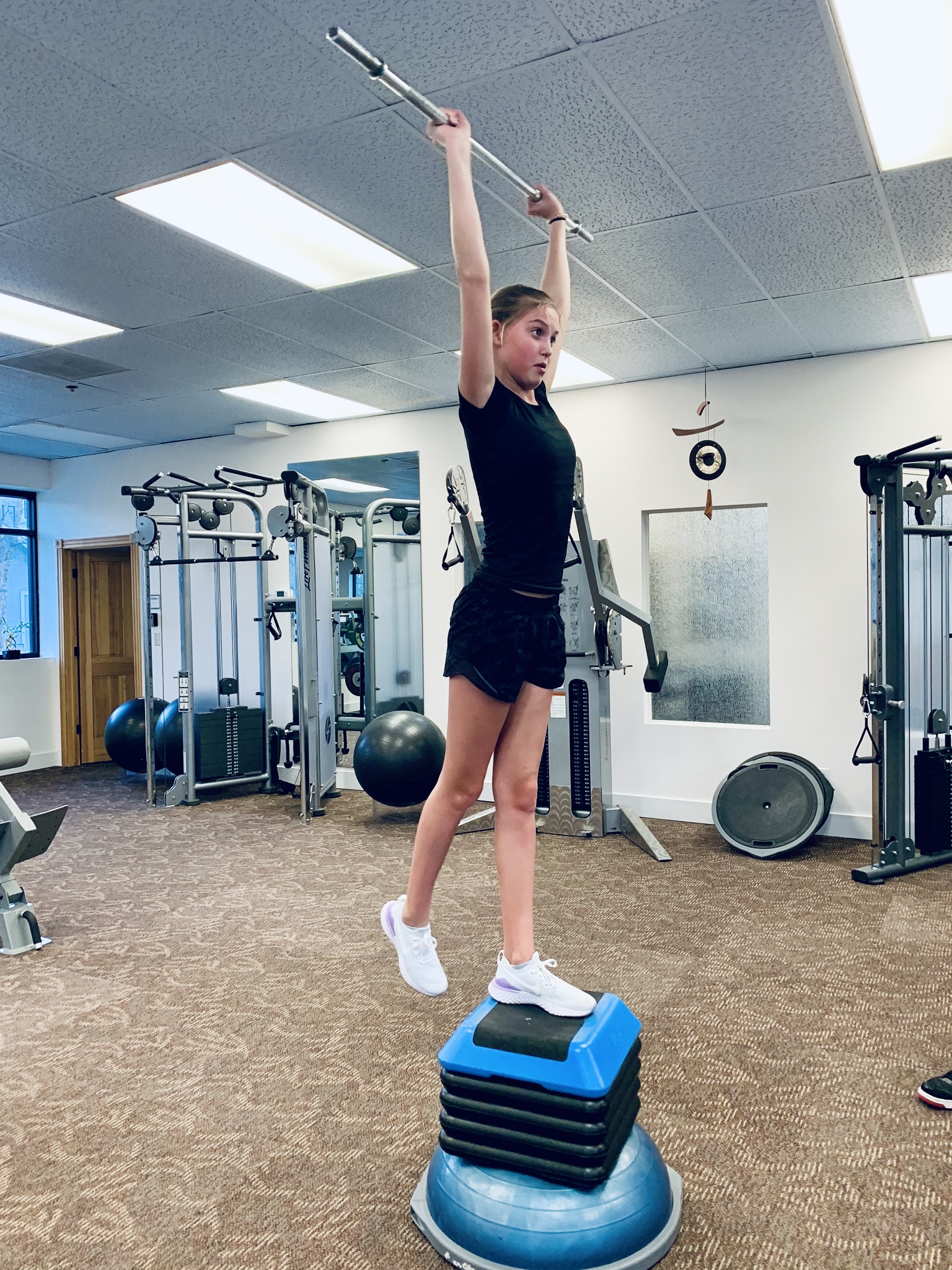 Since April is “All About Adolescents,” we thought we would dive into an important topic that affects injury recovery in our young female population. Have you or an adolescent female you know had a difficult time recovering from an overuse injury? This young woman may be suffering from a phenomenon know as “Female Athlete Triad.” This condition is the culmination of 3 main factors including:
Since April is “All About Adolescents,” we thought we would dive into an important topic that affects injury recovery in our young female population. Have you or an adolescent female you know had a difficult time recovering from an overuse injury? This young woman may be suffering from a phenomenon know as “Female Athlete Triad.” This condition is the culmination of 3 main factors including:




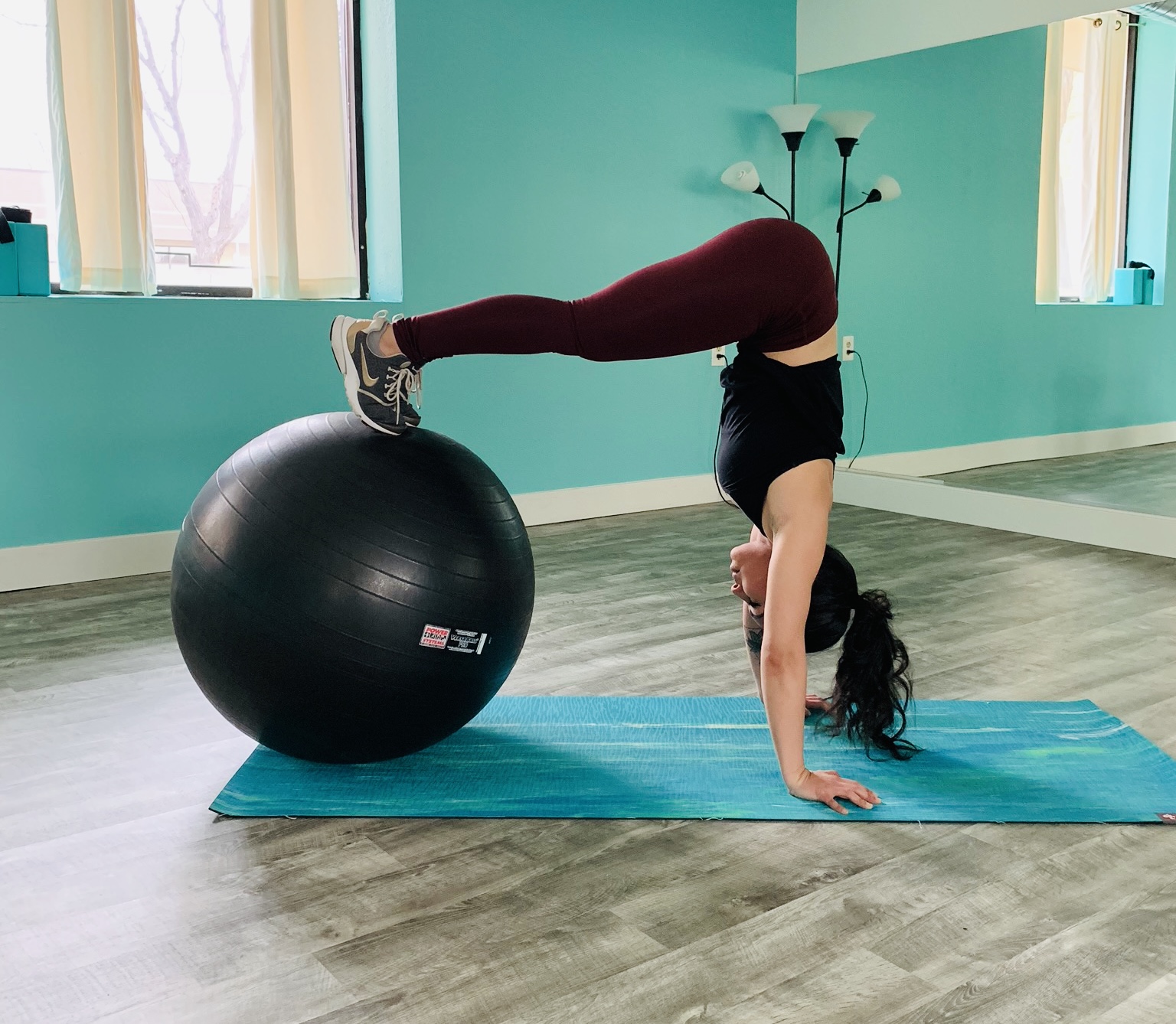

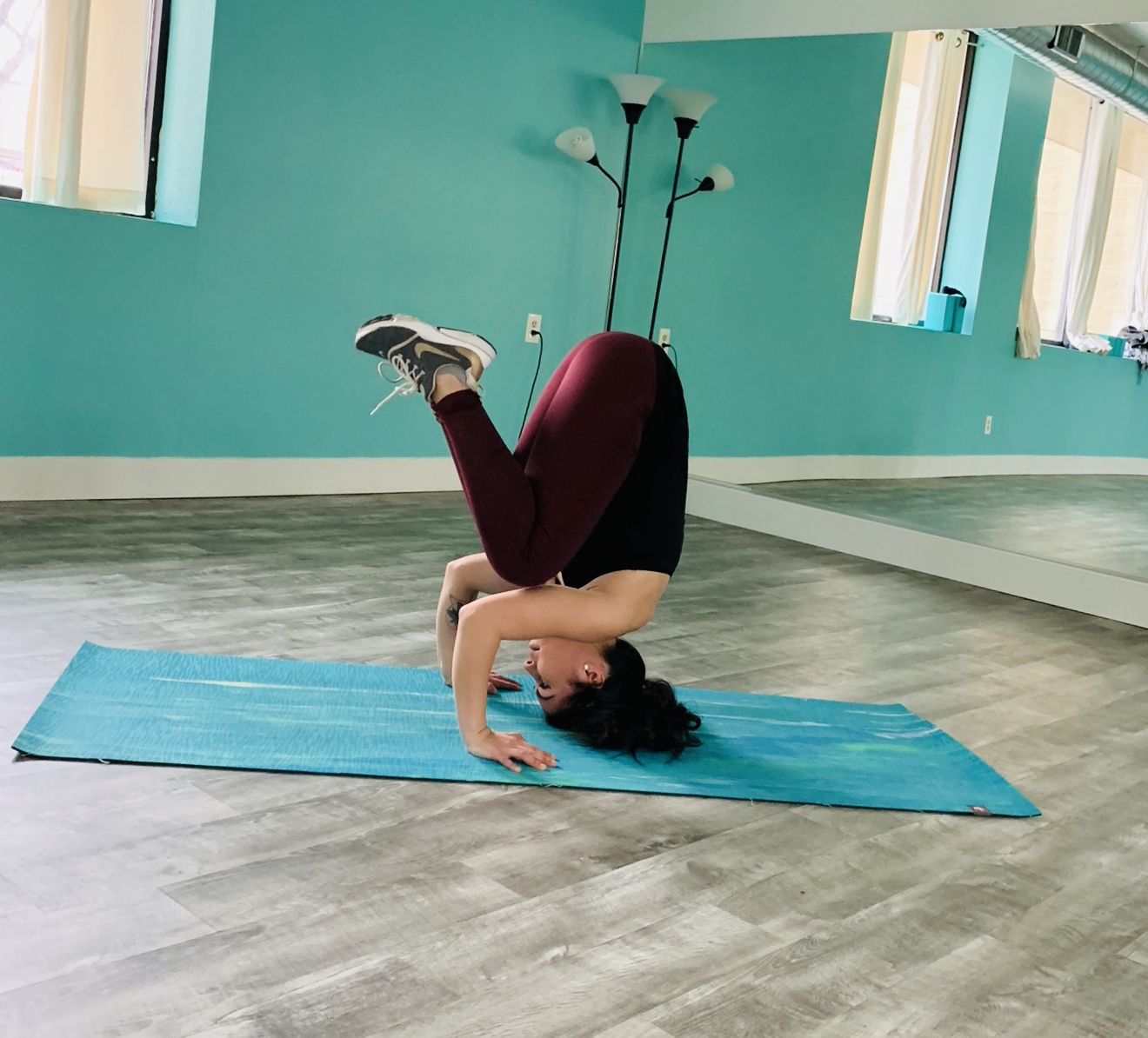
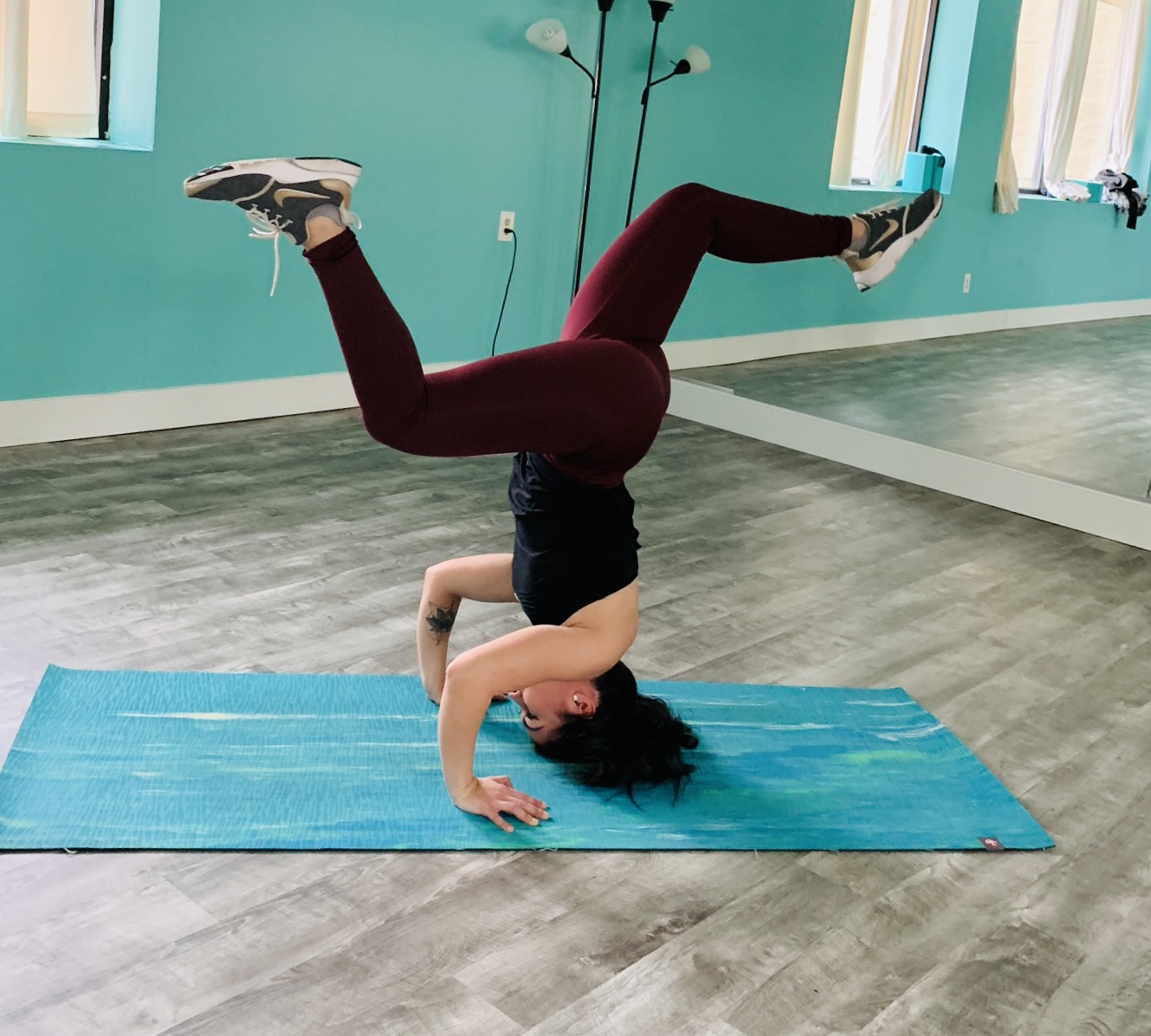 Welcome to 2019!
Welcome to 2019!